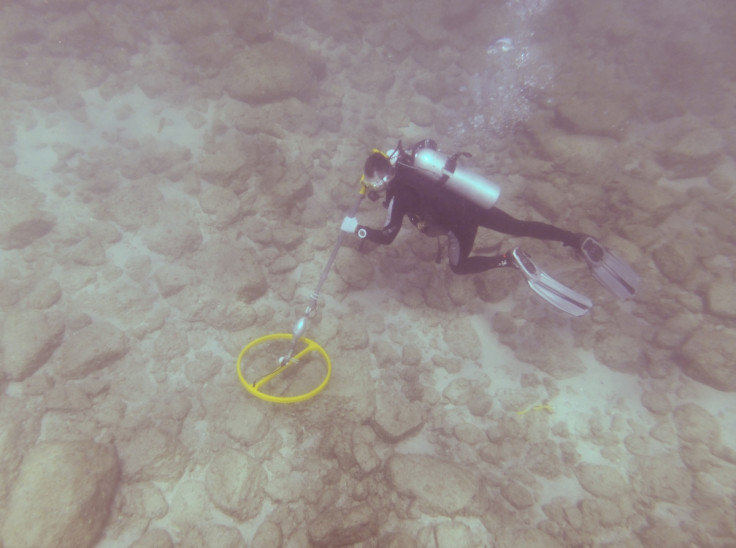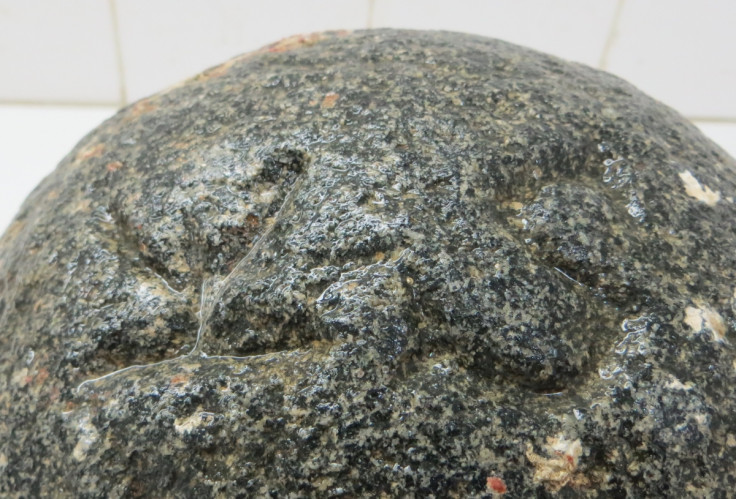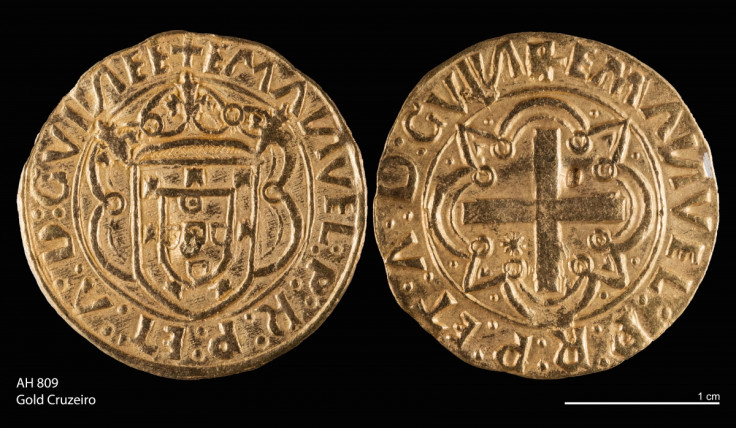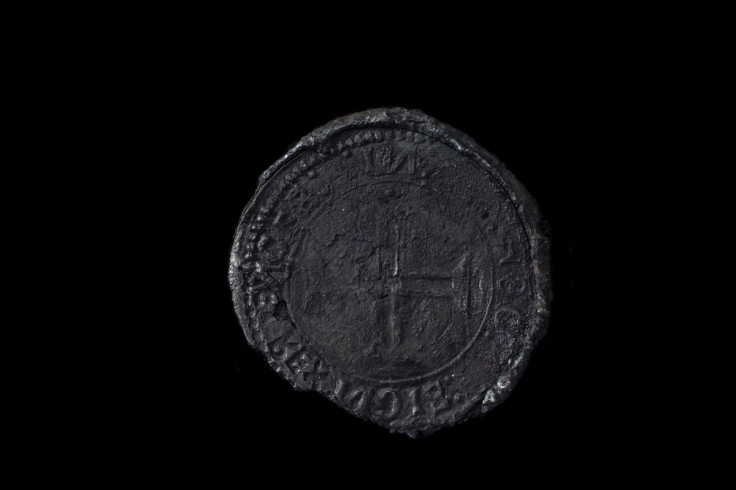Wreckage of Vasco da Gama's 14th-century ship Esmeralda discovered off Oman coast
The oldest shipwreck from the Golden Age of Exploration has been discovered. The shipwreck, dating back to 1503, is believed to be the Portuguese ship 'Esmeralda', and was discovered on the coast of Al Hallaniyah, Oman, the country's Ministry of Heritage and Culture announced on 15 March 2016.
Researchers have attributed the shipwreck to Europe's Golden Age of Exploration – a period between the mid-15th and 17th centuries, when Europeans were trying to find trade routes to India. Supported by the National Geographic Society Expeditions Council, they also discovered a number of relics which suggest the ship was led by Portuguese explorer Vasco da Gama.
"This project is the first that is conducted in Oman and the region in underwater archaeology," said His Excellency Hassan Al Lawati, adviser to the Minister for Heritage Affairs in Oman. "We appreciate the joint efforts of the local and international entities and institutes that made this project a huge success."

Vasco da Gama

Da Gama was famed for identifying the 'Carreira da India' – or India Route – in 1498. Four years later he was given 20 ships to carry out an expedition to India for trade of their spices. On his return, he left five ships on the southwest coast of India, including the ship Esmeralda – commanded by da Gama's uncle, Vincente Sodré.
Instead of waiting in India for further orders, the Esmeralda and the other abandoned ships headed west, to loot and steal Arab ships. However, in May 1503, the ship was torn from the moorings and smashed against the rocks in a giant storm, ultimately destroying and sinking the Esmeralda. This pushed the ship 28 miles off the coast, its whereabouts unknown.
Discovering Esmeralda
The location of the shipwreck was identified in 1998 – on the 500th anniversary of Da Gama's discovery of the Carreira da India. Researchers used historical literature of witnesses describing the storm to pinpoint its exact location.
David Mearns, director of the shipwreck recovery company Bluewater Recoveries Ltd., describes locating the ship to National Geographic: "Our team stood on top of the island and watched the waves come in, and put themselves in the place of the Portuguese, where they would have anchored and where the storm would dash them along the coastline. Then they snorkelled around and in 20 minutes started seeing cannonballs that were obviously from a European ship."
The site, on the coast of the Oman island Al Hallaniyah, was excavated for three years, beginning in early 2013. They believed the shipwreck was in a series of gullies with large waves – nicknamed the 'washing machine'.

Over 2,500 artefacts
They discovered the shipwreck in 2016, and announced their findings in the journal Nautical Archaeology. In the report, they say the ship is in all probability the Esmeralda. They found over 2,500 relics which backs up this suggestion. These relics included dozens of cannonballs, 35 of which were engraved with the letters 'VS' – initials of the commander Vicente Sodré. They also found hundreds of lead shot, which were matched to ore from European mines.

Twelve gold Portuguese 'cruzado' coins discovered were used during the reigns of Joao II (1477-1495) and Dom Manuel I (1495-1521) – the same time the Esmeralda was destroyed. The coins were found in mint condition.

A silver coin was also discovered, known as an 'índio' – specifically used for trade with India. This coin, designated by the King at the time, Dom Manuel I, is so rare that it has been given the name 'ghost coin of Dom Manuel'. There has only been one recorded finding of an índio previously, and that is now held in the National Historical Museum of Brazil, Rio de Janeiro.

Finally, the researchers identified a copper-alloy circular disc, which may have been used for navigation. The artefact has the Portuguese coat of arms featured on top of it, as well as the personal emblem of Dom Manuel I. "It has some unmistakable characteristics of a navigational device," said Mearns, "and that's always a very exciting thing to find on a shipwreck."
The research team will continue to locate underwater artefacts from the ship. Mearns believes there is still plenty of research to do in the area. "This project differs from the majority of maritime archaeology projects in that we set out to specifically find the wreck site of the Sodré ships, using a survivor's and other historical accounts because of their very early age and the potential they held for new discoveries," he said. "It is extremely gratifying therefore that this strategy has paid off with such interesting revelations even though we are still at a relatively early stage in the study of the artefact assemblage."
© Copyright IBTimes 2024. All rights reserved.







